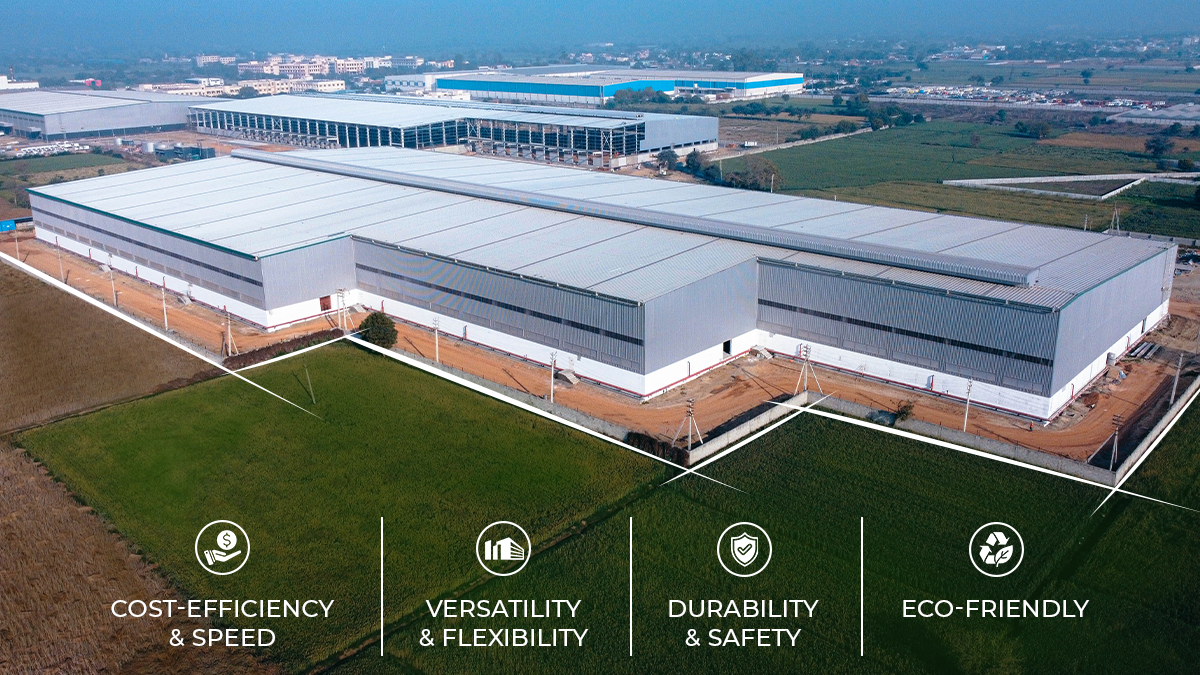
Adapting Office Buildings Is a Hot Topic in the Twin Cities
[ad_1]

Chris Teigen
Vice President, Architecture
Ryan A+E
Several years after the the COVID-19 pandemic, downtown Minneapolis and its twin city of St. Paul are looking toward a future that is likely to include more older office building conversions to residential structures.
Teigen says it’s great to see more employees returning to work in downtown Minneapolis office spaces, but he acknowledges that there is a lot of vacant or underutilized office space.
“A lot of folks are watching what is going to happen with those properties,” he says.
It’s no wonder that owners of downtown office spaces are mulling how to best utilize their properties moving forward. The office vacancy rate in downtown Minneapolis is 28.7%, compared with 23.3% for the broader Midwest and 19.5% nationally, according to real estate services firm Cushman Wakefield.
In September 2024, the Minneapolis City Council passed an ordinance to facilitate conversion of underutilized office spaces into housing. The ordinance is intended to streamline the process by requiring an administrative review of proposals instead of planning commission approval, reducing the traffic studies required and pausing for five years a requirement to include affordable housing units in conversions of 50 or more units.
St. Paul also is putting its attention to adaptive reuse of buildings. The St. Paul Downtown Alliance recently evaluated the compatibility of 20 commercial properties as office-to-residential conversions. Ten buildings received a compatibility score of 80% or higher, making them strong candidates for a successful conversion.
The result for Ryan A+E, which is part of Ryan Cos., has been more inquiries about what to do with underutilized office towers.
“We have had a number of owners reach out looking for advice on residential conversions or other ways to reposition office space,” Teigen says.
Ryan A+E also is involved in bringing new residential structures to downtown Minneapolis. It designed 4th and Park, a 25-story residential tower with 350 rental units that opened in 2024.
The project is a highlight in a multifamily housing market that is otherwise struggling.
According to data from the U.S. Dept. of Housing and Urban Development, the Minneapolis–St. Paul metro area issued about 15,500 multifamily permits in 2022, but that number declined to about 5,000 in 2023, with an even fewer number issued in 2024.
“At some point the multifamily housing market is going to rebound.”
—Chris Teigen, Vice President, Architecture, Ryan A+E
A decline in the multifamily market is not unique to Minneapolis or St. Paul.
“Some of the demographic shifts we’re seeing, along with changes in where and how people work, run parallel to national trends,” says Teigen, but he contends there is another concern related to the impact of underutilized buildings.
“There is a lot of embodied carbon in underutilized buildings so there is an environmental impact to consider as well. Both cities have an opportunity to be a model for growth that includes thoughtful reuse in addition to new development,” he says.
Teigen says bringing new housing of various types is crucial to the region’s vitality.
“Minneapolis and the greater Twin Cities area are going to need a mixture of urban and suburban growth to continue to be a great place to live and attract talent,” he says. But he believes the housing market will revive.
“At some point the multifamily housing market is going to rebound, and we believe we are just beginning to see that start to happen,” he says.
Teigen says the project conduit for Ryan A+E is healthy thanks to a diverse mix of work in different sectors.
One of those projects is the Lee and Penny Anderson Arena, a 5,000-seat multipurpose venue for the University of St. Thomas in St. Paul, slated to open in the fall.
Ryan also recently broke ground on a new headquarters for Micro Control Co. in Arden Hills, located just north of Minneapolis on the former Twin Cities Army Ammunition Plant.
Looking forward, Teigen acknowledges that “one of the biggest challenges right now is the unpredictability of policy decisions at the federal level, especially with tariffs and to some extent monetary policy.”
To cope, he says, “we are in constant communication with our industry partners trying to help forecast the potential impact of tariffs for our clients.”
[ad_2]
Source link
Post a Comment
You must be logged in to post a comment.






